Q&A: Teacher Courtney Epps on Changing How Students Look at Mathematics
In our Q&A interview series, we have the opportunity to hear from high school math teachers across the U.S. whose students are experiencing success with the FiCycle curriculum. You’ll hear real success stories and classroom-level insights on the ways in which integrated mathematics and personal finance opens students’ minds to new ways of thinking, and enhances their engagement and achievement.
For the first interview in this series, we spoke with Courtney Epps, a math teacher at People’s Prep Charter School in Newark, NJ. Currently, Courtney is teaching FiCycle with 12th graders while also teaching 9th grade Algebra 1.
The interview is edited and condensed for clarity, after being recorded as part of the FiCycle Podcast.
Question: As a teacher, what is your number one motivator―your true professional passion?
Courtney: What motivates me is my own love for learning and the ability to make a difference in people’s lives, whether it’s a student or a parent. It motivates me as a teacher altogether. Also, my love for mathematics plays a big part in looking at things very differently and abstractly. All of that combined motivates me to be a teacher for the rest of my life.
Q: What is your experience with the FiCycle course? Are there changes you’ve observed in your students since you began teaching it?
Courtney: I’ve been teaching the FiCycle course for the last two years, and it’s answered the question many of our students ask in math: “Why am I doing this, and when am I going to use it?”
I’ve noticed that FiCycle brings together all the mathematical concepts we’ve taught from freshman to junior year, and it puts some real life into them. I’m noticing that students aren’t just looking at those exponential functions, linear functions as just a graph anymore. They’re actually looking at it and putting context to it and saying, “How can I apply this?” I love the fact that it’s changing how my kids are looking at mathematics.
Q: Speaking of your students, are there any particular students who stand out as especially successful with the course, or as very engaged with the curriculum?
Courtney: Yes, definitely. There is a set of students that I think worked out very well. It was my IEP students or the students typically labeled as lower-performing. I noticed their outlook on mathematics completely changed, and I believe it was because we started talking about money—having this relevant discussion kind of bridges that gap from not understanding to becoming engaged. When solving a simple one-step, two-step equation, I noticed that students struggled with that. When I introduced it using finance, it was kind of like, “Oh, okay, this makes sense now. I got it.” So it’s one of those things that allows me to bridge that gap that students tend to have.
Q: Now that your students have this new perspective, is there anything as a teacher you’ve found surprising about teaching math and finance together since you started?
Courtney: It has helped me develop a better Algebra I curriculum. It has shown me different ways to include mathematics in a more conceptual way versus a procedural manner. I’m finding that, for example, when my freshman students were doing linear functions, I could relay that this was the concept of simple interest. Using that concept and applying it made my own teaching more meaningful.
It’s helping me expand on the inquiry cycle and all that good stuff. It helps me look at math completely differently. It lets me look at math in building a structure. I didn’t have any finance background, and the most I knew about my finances was my bank account. But in learning this course and the material involved, I’m responding with, “Wow, okay, this is where this math gets applied. Wow, this is where my students can apply it.” It’s helped me just expand my math vocabulary and mathematical understanding as a whole.
It also helped our English Language Learners (ELLs) because money and the concepts are universal. They were able to build their vocabulary through this, and they didn’t feel lost; they felt more involved in the class. It’s good for all students and better for teachers as well.
Q: What would be your message to other educators who haven’t yet tried this approach to teaching?
Courtney: My message to them would be to try this FiCycle program out. It’s a hands-on approach that makes math more realistic for students. It gets rid of the procedural part of mathematics. It can be used across all grade levels, whether you want to implement it on the freshman or senior level.
It’s all transferable. It’s new and different and helps kids learn to manage their money better. You know, most of our kids are graduating high school without the knowledge of the basics. I can sit here and say at least do Unit One and see how you feel. It lays the foundation for any student, any adult.
Do this FiCycle program. I recommend it. If I could teach it on all grade levels, I would. It’s a great program.
Listen to the full interview at https://ficycle.org/podcast or get started today by downloading free lessons for your classroom. You can also contact the FiCycle team to learn more about the full curriculum.




